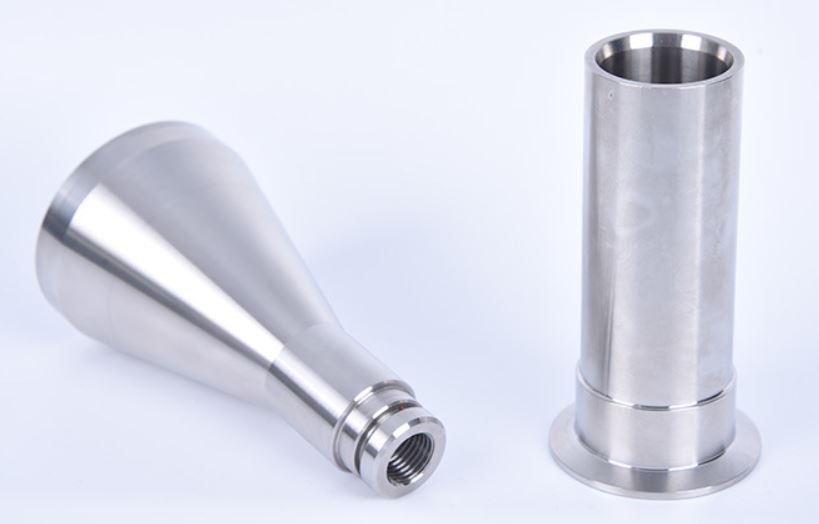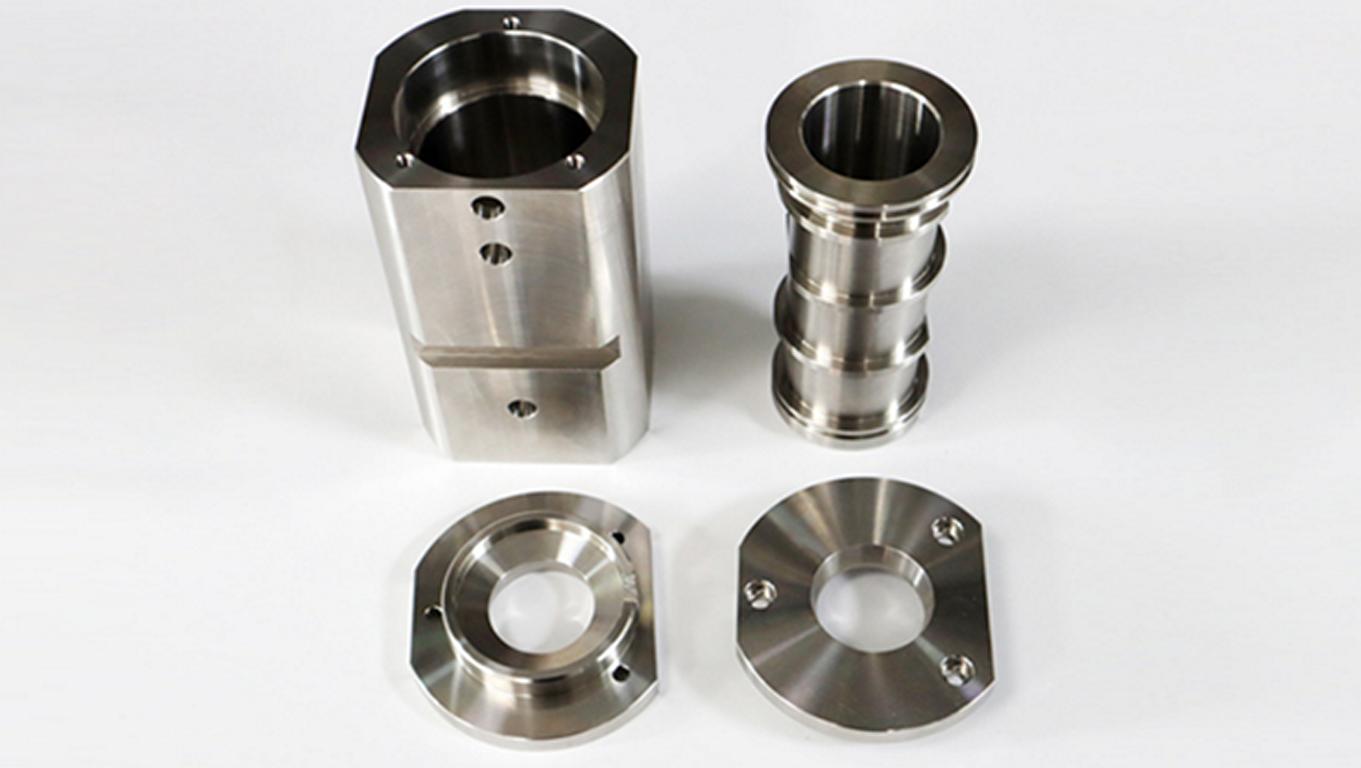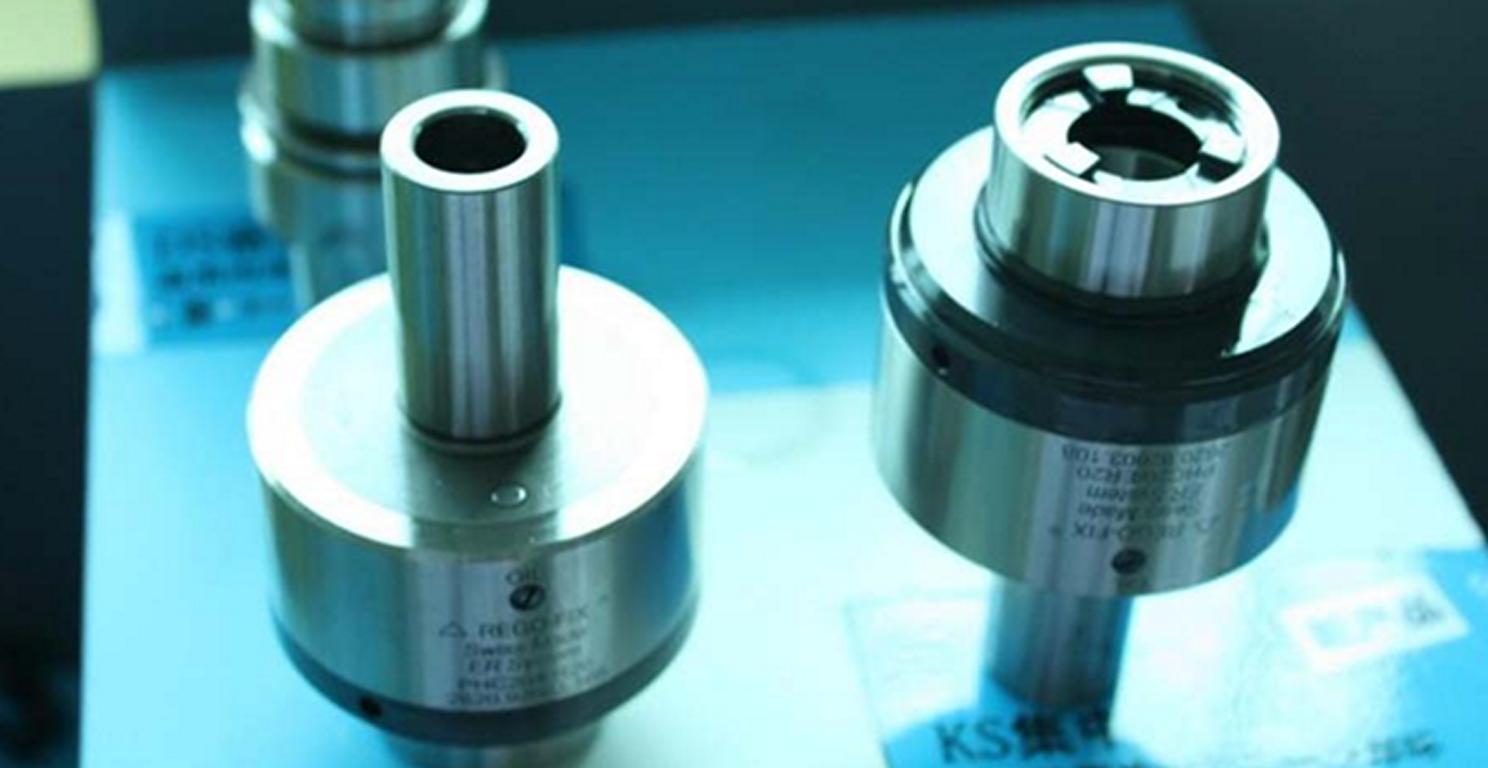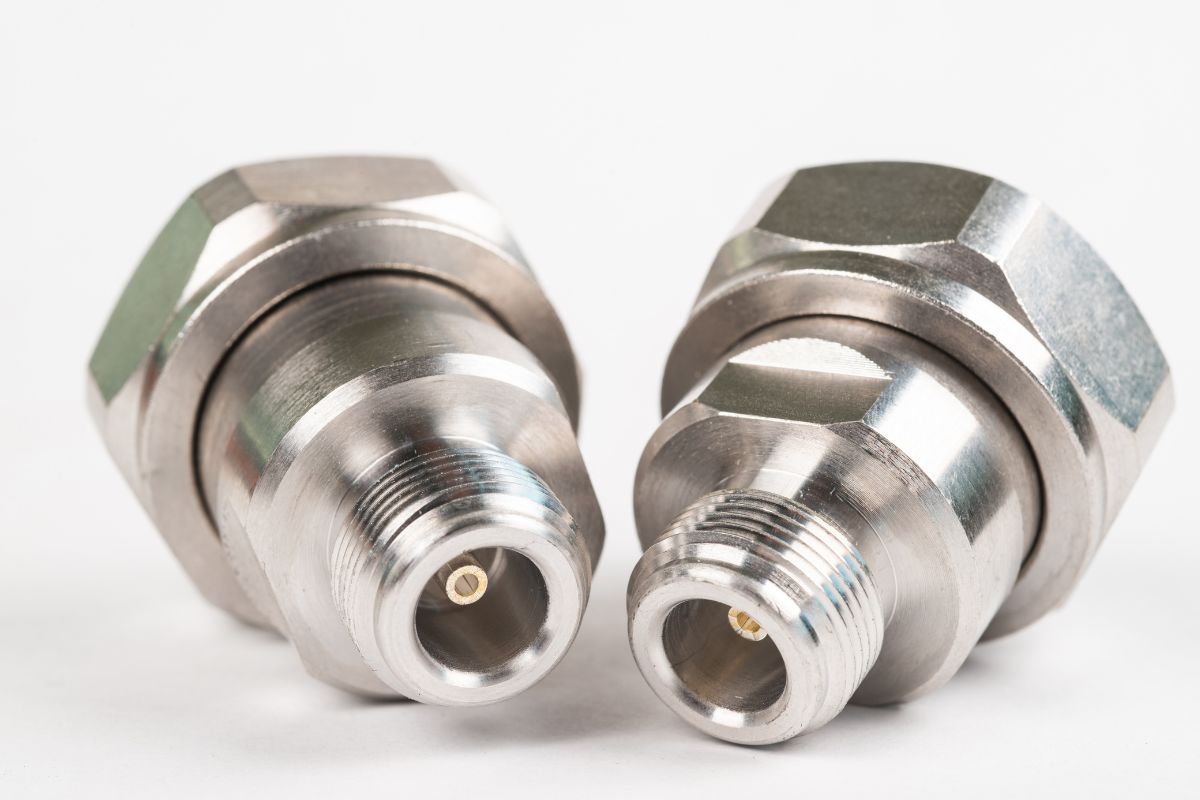How to Master Stainless Steel CNC Machining? Top Techniques!
In this blog, we are going to discover about Stainless Steel CNC Machining. But the question here is how one can master it. We will focus on tools, materials, coatings, and techniques.
You will get acquainted with significant technical numbers and terms. This assists you in making the right decision when selecting tools. It also helps in avoiding breakage of tools.
What Are the Basics of Stainless Steel CNC Machining?
CNC Machining Introduction
Stainless steel CNC machining uses computer-controlled machines. These machines can make parts like gears and screws. G-code tells machines how to move.
CNC machines cut, drill, and shape steel. CNC lathes turn the steel. This makes round parts. CNC mills can cut different shapes. Machines are very precise. They can work on steel all day. Workers program machines to make parts perfectly.
Stainless Steel Properties
Stainless steel CNC machining is very strong. It does not rust easily. There are types like 304 and 316. These types have different uses. Steel has chromium, which stops rust. It also has nickel.
Nickel makes steel shiny. Molybdenum adds more strength. Heat treatment can make steel harder. This helps it last longer. Machining stainless steel is tough. Special tools are needed. CNC machines help to make aluminum machining parts, Prototype CNC machining parts well.
Machining Importance
Machining makes parts fit together well. It helps in making engines. Good machining is key for safety. Stainless steel CNC machining makes precise cuts. They help make tiny parts.
Without CNC machining, parts may not fit. This is crucial in cars. Medical tools need perfect parts. Machining makes sure parts are right. It also helps make strong buildings. CNC machining is vital for many things.
Tool Selection
Choosing the right tool is important. Different tools cut different shapes. HSS tools cut softer steel. Carbide tools cut hard steel. Coated tools last longer. They have layers like TiN.
This layer makes tools strong. Coolant keeps tools cool. It stops them from breaking. Workers pick tools based on the job. Right tools make work easy. CNC machines need good tools for good parts.
Machining Benefits
CNC machining part has many benefits. Stainless steel CNC machining makes parts fast. It also saves material. CNC machines cut with precision. They make the same part every time.
This is great for big orders. CNC machining reduces waste. Machines work 24/7. They need less human help. This saves time. CNC machining also makes complex shapes. It helps in making many products. CNC machining is very useful.
How to Choose the Right CNC Machine for Stainless Steel?
Machine Types
CNC machines come in different types. Milling machines cut stainless steel. Lathes turn the material. Multi-axis machines have more flexibility. They have 3-axis or 5-axis.
They cut with precision CNC machining. Each type has a special use. They help in making different parts. Some machines use more power. Others save energy. Each one has a role. This makes choosing important.
Key Features
Key features help in picking a machine. Some machines have high RPM. RPM stands for revolutions per minute. High RPM cuts faster. Machines have tool changers. Tool changers switch tools quickly. Stainless steel CNC machining systems keep machines cool.
They stop overheating. Control systems are easy to use. They make work simple. Good features make a big difference. This helps in getting the best machine.
Stainless Grades
Stainless steel has many grades. Each grade has a number. Grade 304 is common. It resists rust. Grade 316 is stronger. It has more nickel. Grades affect machining. Harder grades need more power. Softer grades cut easier. Each grade has a use. Knowing grades helps in choosing. This makes work better. Grades matter a lot.
Machine Compatibility
Machines must fit your work. Compatibility is key. Check the spindle speed. It matches cutting needs. Look at the feed rate. It affects material removal. Tool holders must fit.
They hold cutting tools. Machines must handle different parts. This makes them versatile. Good compatibility saves time. It makes work smooth. Stainless steel CNC machining services help in the long run.
Performance Specs
Performance specs show machine power. High torque means strong cutting. Torque is turning force. Machines have accuracy ratings. Higher ratings mean precise cuts. Look at the speed.
Faster machines work quickly. Machines have load capacity. It tells how much they can handle. Good specs mean better performance. This makes choosing easy. Specs guide your choice.
Machine Durability
Durable machines last longer. Look at the build material. Strong metals last. Check for wear resistance. Machines should handle stress. Look at maintenance needs.
Low-maintenance machines save time. Good lubrication systems help. Stainless steel CNC machining keeps parts moving well. Durability means less breakdowns. This saves money. Durable machines are a good choice. They work well for years.
| Criteria | Lathe | Milling Machine | Router | Plasma Cutter | Waterjet | Laser Cutter |
| Key Features | 5-axis control, precision | Multi-axis, high torque | High speed, automation | High-heat, CNC control | High pressure, accuracy | High precision, fine cuts |
| Stainless Grades | 304, 316, 410 | 304, 316, 410, 17-4PH | 304, 316 | 304, 316, 430 | 304, 316, 430, 17-4PH | 304, 316, 430 |
| Compatibility | High precision, small parts | Medium to large parts | Thin sheets, small parts | Medium to thick sheets | Any thickness, complex cuts | Thin to medium sheets |
| Performance Specs | 20,000 RPM, ±0.001” | 15,000 RPM, ±0.002” | 30,000 RPM, ±0.003” | 25,000 RPM, ±0.005” | 60,000 PSI, ±0.002” | 10,000 RPM, ±0.001” |
| Durability | High, long lifespan | Medium, replaceable parts | Medium, replaceable parts | High, durable components | High, robust components | Medium, maintainable |
Table on How to Choose the Right CNC Machine for Stainless Steel!
What Are the Best Techniques for Cutting Stainless Steel?
Cutting tools
Carbide inserts cut stainless steel. These inserts have sharp edges and strong coatings. They reduce tool wear, improving efficiency. CNC machines use end mills for precise cuts.
End mills come in different sizes, from 0.5 mm to 20 mm. They are perfect for detailed work. The right tool makes a clean cut. This tool must be strong to cut stainless steel.
Speeds and feeds
Correct speeds and feeds ensure smooth cutting. Cutting speed is how fast the tool moves. Feed rate is how fast the workpiece moves. High speed reduces heat, preventing tool damage. Low feed rate avoids tool breakage. For example, 200 RPM speed and 0.1 mm feed rate work well.
Stainless steel CNC machining is important to use the right settings. This keeps the tool and workpiece safe.
Toolpath strategies
Toolpath strategies are plans for cutting. CNC software makes these plans. These strategies avoid tool collisions. One example is a zigzag path. This path is efficient and reduces tool wear.
Another is a spiral path. This path is smooth and steady. Each strategy helps in different ways. They ensure the best cut for stainless steel.
Chip evacuation
Chip evacuation is removing metal pieces. It keeps the cutting area clear. Coolant helps move chips away. High-pressure coolant is very effective. It keeps the tool cool and clear of chips.
Vacuum systems also help. They suck up chips from the cutting area. Proper chip evacuation is very important. It keeps the cutting process smooth.
Surface roughness
Surface roughness is the texture of the cut surface. Smooth surfaces look and feel nice. The right tool and speed help achieve this. For example, 0.8 Ra is a smooth surface finish.
Using a finishing tool improves the surface. Lower speeds also help make it smooth. This process ensures high-quality cuts. It makes the final product look better with Stainless Steel CNC Machining.
How to Optimize Tool Life When Machining Stainless Steel?
Tool Selection
Selecting an appropriate tool is crucial. High-speed steel (HSS) tools are appropriate to use. HSS is highly durable and provides a very neat cutting experience. Tungsten carbide is another option. It is longer lasting and more precise in its cutting. In order to get the best results, it is recommended to employ 45 degrees tool angle. This helps reduce wear. Sharp tools are better.
It cuts cleaner and lasts longer. Choose tools that can handle high temperatures well. This comes in handy when the tool is hot. Stainless steel should only be worked with tools that are designed for this type of metal. They provide the best performance.
Coating Techniques
Applying coatings can help. Some of the suitable materials include; Titanium nitride (TiN)TiN increases tool life. Another one is titanium aluminum nitride (TiAlN). High temperatures are assisted with the help of TiAlN. Friction can be reduced by applying certain coatings.
Friction leads to early depletion of tools. Coated tools cut cleaner. They also last longer. Choose the right coating for your tool. Stainless steel CNC machining assists in Computer Numerical Control machining. Always choose high-quality coatings. They are the most effective.
Cooling Methods
Using coolant is key. Coolant in a liquid form helps to cool the tool. It helps to decrease heat and wear. Another method is air blast. It simply blows air to cool the tool.
To treat deep cuts use coolant. It helps prevent overheating. Mist coolant can also be used. It uses a fine spray to cool the tool. Coolant improves tool life. It is always important to apply the right cooling method. It is applied in CNC machining.
Lubrication Practices
Lubrication is important. It reduces friction. Oil-based lubricants work well. They make the tool smooth. Grease can also be used. It assists in bulky operations. Apply lubricant regularly.
First and foremost, it holds back wear and tear. Stainless steel CNC machining uses high-quality lubricants. They are longer lasting and perform better. Lubrication helps in the easy running of the tools. It is always advisable to practice using the correct type. It aids in CNC machining.
Tool Maintenance
Maintaining tools is crucial. This is because with regular checks there are increased chances of identifying any problem. Clean the tools after every usage. This prevents rust. Sharpen tools when needed. Sharp tools work better. Replace worn-out parts. This prevents tools from getting spoilt. Store tools properly. Maintain dry and clean places. Maintenance extends tool life. Always follow a schedule. It assists in CNC machining.
Wear Reduction
Reducing wear is vital. Select the appropriate material for the tool. Tungsten carbide is good. Use coatings like TiN. They reduce friction. Coolant can be used in order to cool the tools.
Cool tools last longer. Lubricate tools regularly. It prevents wear. Maintain tools properly. Secure and clean them properly. CNC machining also benefits from wear reduction. Always follow best practices. This results to better tool life.
How to Select the Right Tools for Stainless Steel CNC Machining?
Cutting Tools
Cutting tools need to be very strong. Choose tools with high tensile strength. High-speed steel (HSS) tools are common. Carbide tools can cut faster. Custom CNC machining stainless steel lasts longer than HSS tools. Their tips stay sharp. Titanium-coated carbide is very hard. This helps cut stainless steel. Always check the tool’s hardness. It should match the material’s toughness.
Material Choices
The right material choice is important. Stainless steel grades vary. 304 is common for general use. 316 has more nickel and molybdenum. This makes it more corrosion-resistant.
Duplex stainless steel is very strong. It is used for high-pressure applications. Always consider the material’s machinability. This affects tool wear and surface finish.
Coating Types
Coatings protect cutting tools. They reduce wear. Titanium Nitride (TiN) is a popular coating. It is gold-colored. Titanium Aluminum Nitride (TiAlN) is dark. It works well at high temperatures.
Diamond-like Carbon (DLC) coatings are very hard. They provide a smooth finish. Check the coating’s thickness. Stainless steel CNC machining impacts the tool’s performance.
Carbide Tools
Carbide tools are very hard. They can cut through tough materials. Their tips stay sharp longer. Tungsten carbide is a common type. It is very strong. Carbide inserts are replaceable. They come in different shapes. Coated carbide tools last even longer. They handle high speeds well.
HSS Tools
HSS tools are widely used. They are tough and resilient. M2 and M42 are common HSS grades. M42 has more cobalt. It stays sharp longer. HSS tools are cheaper than carbide tools. They are good for slower speeds. Always ensure proper cooling.
How to Prevent and Mitigate Tool Breakage in Stainless Steel Machining?
Breakage Causes
Tool breakage can happen due to many reasons. One cause is high cutting force. This force can be over 500 N. Incorrect feed rates also cause problems. Sometimes, tools are not sharp enough. This leads to more stress. Hard materials make cutting difficult. Stainless steel CNC machining with the wrong tool material can break easily. Always check for these factors to avoid breakage.
Machining Parameters
Proper parameters are very important. Cutting speed should be 100-200 m/min. Feed rate needs careful adjustment. Depth of cut affects tool life. Too deep is bad. Choose the right spindle speed. This can be up to 8000 RPM. Coolant use keeps temperatures low. These parameters help avoid tool breakage.
Preventive Measures
Preventive measures are crucial. Use coolant to keep tools cool. Proper lubrication reduces friction. Always use sharp tools. Inspect tools before use. Adjust cutting speeds properly. High speeds cause breakage. Low feed rates are better. These measures help in reducing breakage. Always follow them.
Tool Inspection
Regular tool inspection is vital. Check tools for wear and tear. Measure tool dimensions accurately. Use a micrometer for precision. Inspect cutting edges for sharpness. Stainless steel CNC machining helps replace dull tools immediately. Always check for cracks. Cracked tools break easily. This helps maintain tool performance.
Stress Reduction
Reducing stress is important. Use low cutting forces. Avoid high feed rates. Choose proper tool materials. High cobalt HSS reduces stress. Use carbide tools for hard materials. Coolant helps lower temperatures. Wholesale stainless steel CNC machining parts lower temperature means less stress. These steps help in stress reduction.
Conclusion
Stainless steel CNC machining entails achieving the appropriate tool and parameters. Learn how to prevent tool breakages by following those tips. Use high quality materials and high quality coatings.
Contact us for more CNC machining information and services. This should assist you in enhancing your expertise and producing better parts.










0 Comments